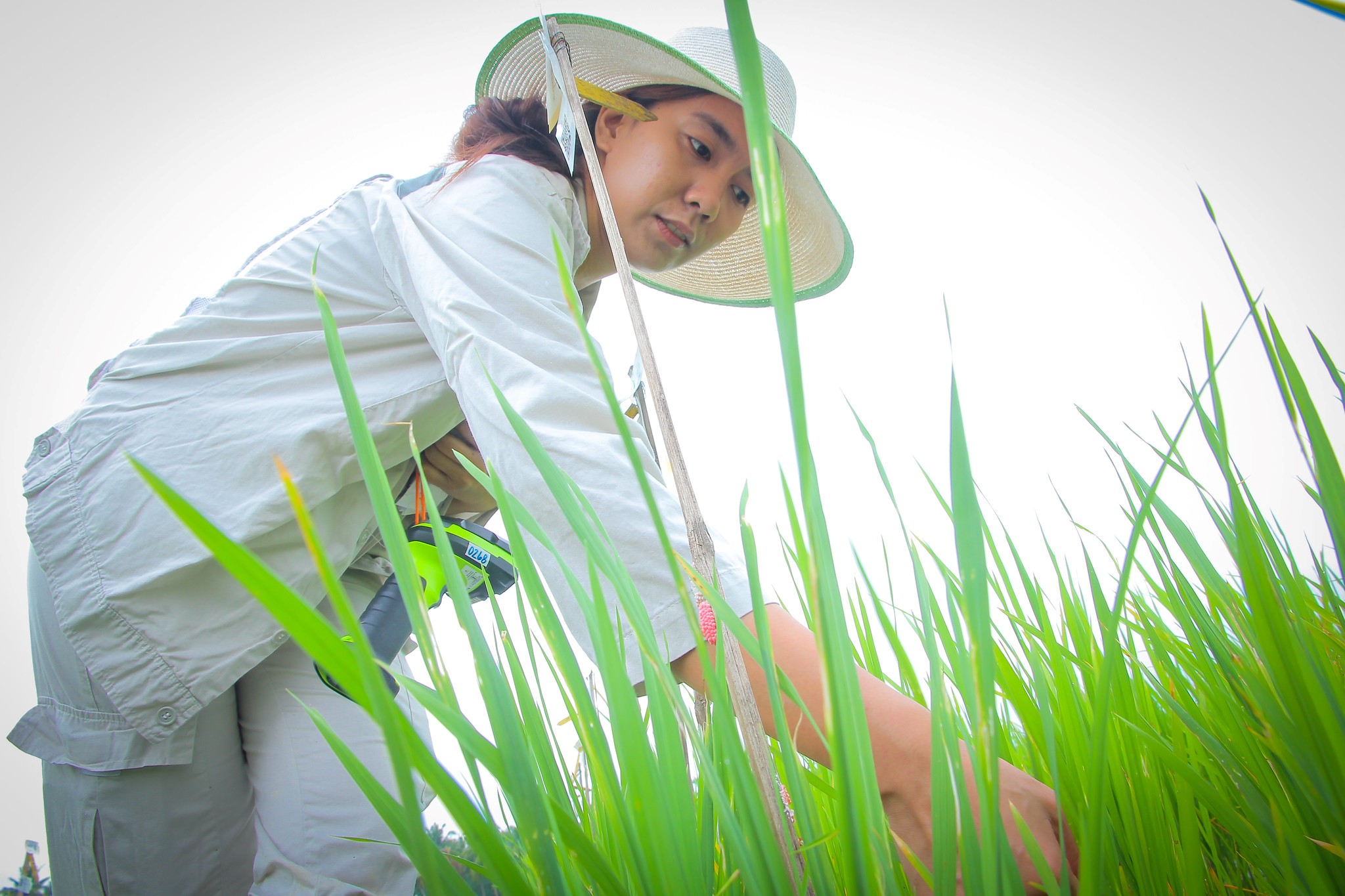The second greener revolution can solve the global rice crisis

If the first green revolution in the 1960s was focused on addressing famine and hunger, the second one should have a more system-based approach for the global agrifood system.
LOS BAÑOS, Laguna (6 April 2023) – By 2050, population growth is projected to drive a 30 percent increase in rice demand. Resources including land, water, and labor that rice production requires become scarcer, and with withered crops and destroyed paddy fields due to the climate change’s effects of extreme heat and frequent floods, the global rice output continues to decrease.
No crop is as vulnerable to global warming as rice, say scientists at the International Rice Research Institute (IRRI). Solutions to address the compounding challenges faced by farmers in the rice sector inevitably need to include climate change adaptation.
“If the first green revolution was about productivity, the next one should focus on systems rather than solutions at the plant or plot level,” says IRRI Director General Jean Balié in his interview with The Economist, a leading news publication focused on analysis of global affairs, politics and societal issues.
This calls for better rice policies as well as varieties. Scientists at IRRI and its partners have developed rice varieties resistant to floods, drought, and heat. More nutritious strains are also being developed.
IRRI Climate Scientist Bjoern Ole Sander also highlights the importance of not putting the burden of emissions mitigation on farmers. To save labor and inefficiencies, the Vietnam government-supported plan to cultivate “low-carbon” rice, highlighting the big role of policy and decision-makers in the rice-food system.
These changes, combined with innovations in cultivation such as direct seeding—a planting method that requires less water and labor—can reduce environmental damage and increase yields. Read more at The Economist.